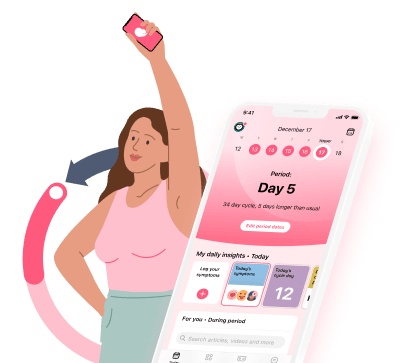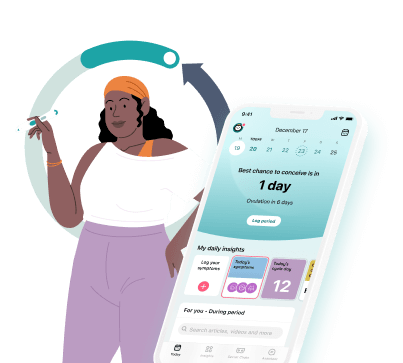At 29 weeks pregnant, you’re a couple of weeks into your third trimester — the last part of your pregnancy. This can be a pretty exciting but daunting time. You may have started to look into birthing classes and newborn shopping lists to prepare yourself for your baby’s arrival. As you start to gather some of the essentials both you and your baby will need, it can make it feel incredibly real that they’ll be in the world in a few months.
As you’ve checked off the weeks of your pregnancy, you’ve likely seen your body change monumentally. During your third trimester, your bump will continue to get bigger, and by 29 weeks, your baby’s movements may feel like very clear jabs and kicks. Over the next few weeks, these sensations may change as they grow. You may feel them roll or swish as there’s less space for them in your uterus. However, you should feel them just as often as before.
To find out more about what you might expect at 29 weeks pregnant, a Flo expert shares all.
Your baby at 29 weeks pregnant
Baby is stretching and moving
You may have already noticed that as your baby grows and your pregnancy progresses, their movements may feel a little different. While their first movements (typically felt between 16 and 24 weeks) might have felt like bubbles popping or a flutter, at 29 weeks, your baby can kick, stretch, and make grasping movements.
You can monitor your baby’s moving and stretching by doing a daily kick count. Sounds a bit like a new fitness trend, right? You can take your baby’s kick count by finding a comfortable position and resting your hands on your bump. Start a timer, and count how many times your baby moves in one hour. In general, around 10 movements in one to two hours is considered typical fetal movement. It’s useful to take your baby’s kick count during your third trimester so you can get used to what’s typical for you and your baby. And remember, no two babies are the same. While some move around a lot in the uterus, others reserve their movements for a certain time of day, and some are triggered to move by things like sweet drinks or having a small snack.
It can be tough to know what’s considered typical. If you’re concerned about your baby’s movements, don’t hesitate to reach out to your health care provider.
Baby is losing their protective coating
You may remember that your baby develops a protective coating while they’re developing in the uterus called the vernix caseosa. It’s primarily made up of water and proteins and protects your baby from the amniotic fluid, helps to regulate their temperature, and can even help your baby pass through the birth canal during labor by decreasing friction.
While some babies keep their vernix caseosa until just before birth, and some babies are even born with it still covering their body, others lose the protective coating earlier while they’re still in the uterus. At 29 weeks, your baby’s vernix caseosa may start to disappear very slowly.
How big is a baby at 29 weeks?
Length (crown to heel): 39.3 cm or 15.5 in.
Weight: 1.4 kg or 3 lbs.
Size: Equivalent to a pomelo
All measurements are approximate and vary within the normal range.








